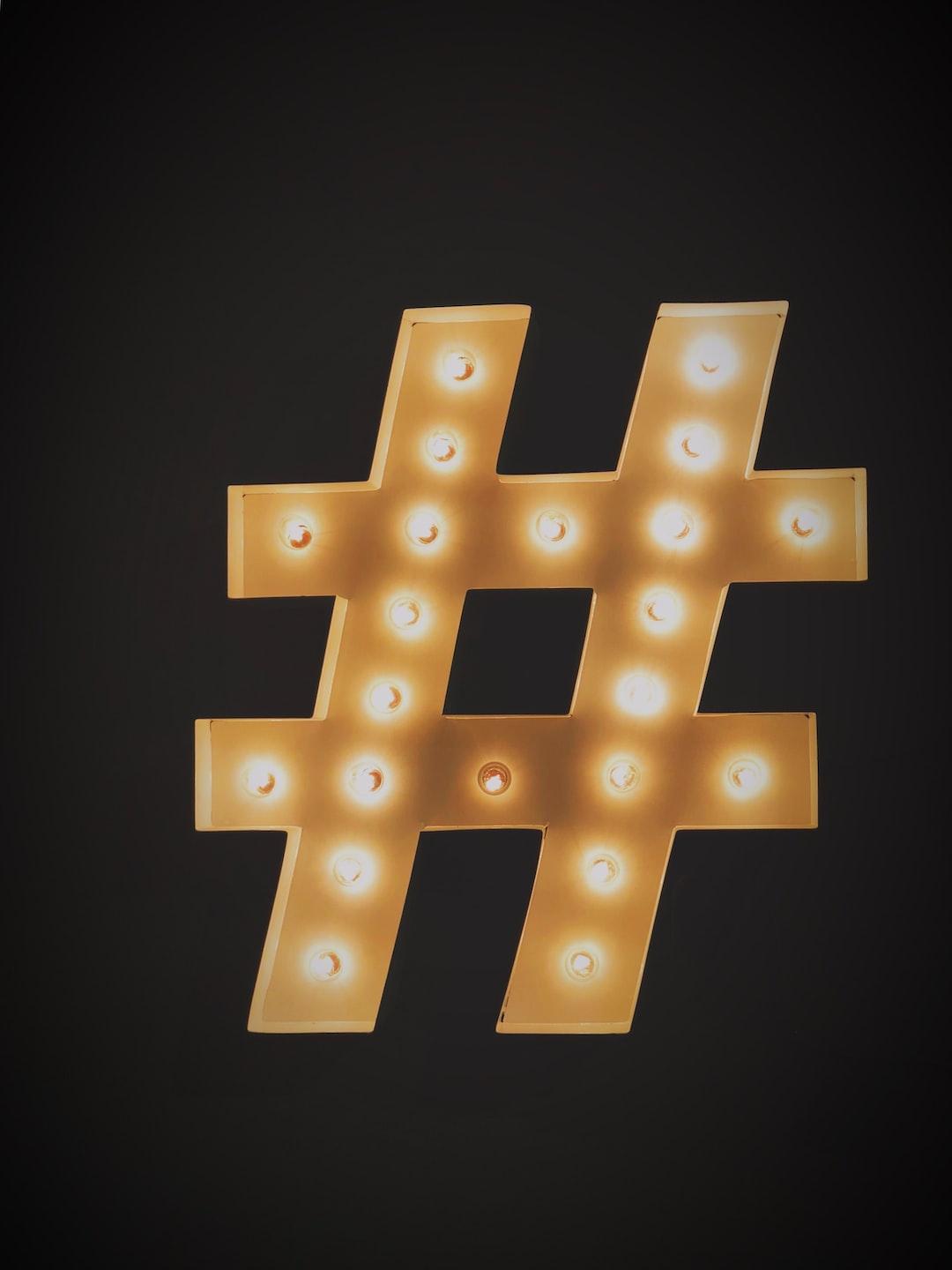The geometry of other people
Curated from: aeon.co
Ideas, facts & insights covering these topics:
12 ideas
·2.57K reads
17
Explore the World's Best Ideas
Join today and uncover 100+ curated journeys from 50+ topics. Unlock access to our mobile app with extensive features.
Spatial and Architectural Metaphors in Social Relationships
Have you ever noticed how we use words like "close" and "above" to describe our relationships with others? Even though we know they don't refer to actual physical space, we use these spatial and architectural metaphors to explain our social worlds.
- We say we have an "inner circle" of friends
- We feel "left out" from the circles of others
- Colleagues with "higher" status seem "above" us
- Society itself is described as having a "structure", like a skyscraper.
16
380 reads
The Spatial Metaphors in Social Relationships
These metaphors, both at a personal and societal level, help us understand the complex dynamics of human relationships.
So next time you use words like :
- "walling someone off" or
- "pushing someone down",
remember the architectural foundation behind these phrases.
Have you ever wondered why we use spatial metaphors when talking about social relationships?
- This is not just a coincidence. Our minds naturally view social connections in a spatial way.
- This means that architectural concepts could potentially offer new insights into social and political systems.
19
297 reads
The Cognitive Impact of Figurative Language
In the past 40 years, research has shown that figurative language is not just poetic or fanciful, it actually shapes our thoughts and speech patterns.
- Love is a 'journey'
- truth is something that is 'seen clearly'
- extroverted people are described as 'lighting up the room' - which all activate the same brain regions as the actual experiences.
Our body plays a key role in how we understand abstract ideas. The same part of our brain that perceives light is used to imagine a person as 'bright'.
In essence, our thoughts are using our body's operations to make sense of the world.
19
253 reads
"If we describe someone as ‘distant’, we think of them in that spatial term, even if they’re next to us"
DAVID BORKENHAGEN
17
262 reads
How Our Social Perceptions Affect Our Behavior
- Cognitive scientists found that our social perceptions greatly impact our behavior, specifically in regard to our mental distances vs physical distances.
- We tend to draw ourselves closer to individuals we label as "friends" and increase the distance between ourselves and those we consider "strangers".
- It's also been observed that individuals with negative opinions of other cultures may overestimate the physical distance between them and that culture's cities.
- Our social world has a significant influence on how we interact with others and perceive our surroundings.
15
210 reads
Exaptation Theory:
- Some scientists propose that social cognition evolved as an "exaptation" of spatial cognition, repurposing existing neural mechanisms to navigate social hierarchies.
- This theory offers a compelling explanation for how our brains process social information in a spatially organized manner.
Other research from social psychology has demonstrated that our mental representations of people are multimodal.
They include :
- emotional associations
- declarative knowledge
- and episodic memories, among other content.
16
191 reads
Impact of Architecture on Social Thought
Can the design of physical spaces influence political thought?
Architects have the power to shape our social interactions by creating spaces that can be tall, wide, open, confined, with or without views.
This is why winners stand on the highest podium, bosses occupy large offices, and heads of families sleep in master bedrooms and sit at the head of the table.
Let's think:
- How does the design of physical spaces impact our social dynamics?
- What are some ways that power is manifested in different spatial configurations?
- Can we intentionally design spaces to create more egalitarian social structures?
18
169 reads
Unveiling the Power of Spatial Metaphors in Social Thought
- Advocates for social progress often employ spatial metaphors to challenge inequality and oppression.
- Virginia Woolf's "A Room of One’s Own" symbolizes women's intellectual agency, while the "glass ceiling" represents invisible barriers for women in the corporate world.
- LGBTQ+ individuals "coming out of the closet" and chants like "Whose streets? Our streets!" at protests serve as spatial metaphors for breaking societal constraints.
- Even the political spectrum can be reimagined, with "partisan" and "extremist" positions represented on a horseshoe shape.
14
167 reads
"The architectural metaphor of the ‘glass ceiling’ expresses the barriers often invisible to men"
DAVID BORKENHAGEN
15
182 reads
Rethinking Social Thought in Spatial Metaphors
- The shapes of social thought are vast, yet spatial metaphors can limit it.
- Phrases like "Left-Right spectrum" or "President" can tilt our mental perceptions.
- Time to listen out for architectural metaphors constraining our political discourse and interpersonal relations.
- For instance, Trump's proposal for a border wall signifies a shift towards isolationism in foreign and immigration policies.
- Instead, we must challenge these metaphors to prevent divisions between social groups.
15
154 reads
"Metaphorical barriers remain standing long after their physical referents are demolished"
DAVID BORKENHAGEN
16
159 reads
The Power of Architecture in Social Metaphors
- Architecture has a powerful influence on our social experiences and movements, conveying messages of social power.
- Recent research highlights the cognitive effects of architecture and how we can use this understanding as architects of our own collective experiences.
- Architects design buildings to reflect social power.
- Social and architectural metaphors shape our social experiences and desires.
- Neuroscientific research reveals the neurobiological basis of these effects.
- Becoming architects of our collective experiences allows us to shape others' spatial relationships.
16
148 reads
IDEAS CURATED BY
Content Curator | Absurdist | Amateur Gamer | Failed musician | Successful pessimist | Pianist |
CURATOR'S NOTE
Some friends are ‘close’– others are ‘distant’. But our spatial descriptions of social life are more than just metaphors.
“
Similar ideas
Read & Learn
20x Faster
without
deepstash
with
deepstash
with
deepstash
Personalized microlearning
—
100+ Learning Journeys
—
Access to 200,000+ ideas
—
Access to the mobile app
—
Unlimited idea saving
—
—
Unlimited history
—
—
Unlimited listening to ideas
—
—
Downloading & offline access
—
—
Supercharge your mind with one idea per day
Enter your email and spend 1 minute every day to learn something new.
I agree to receive email updates










